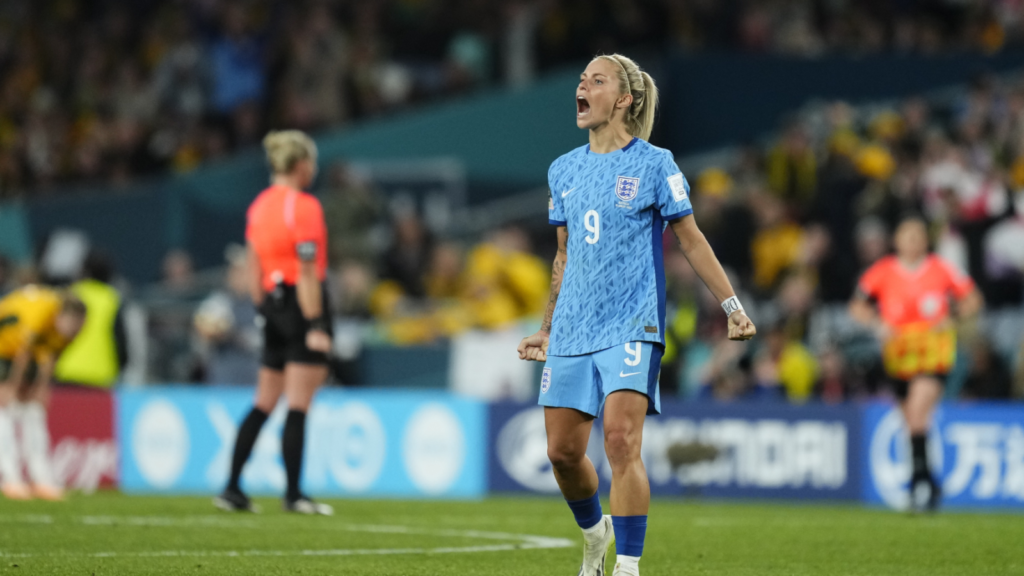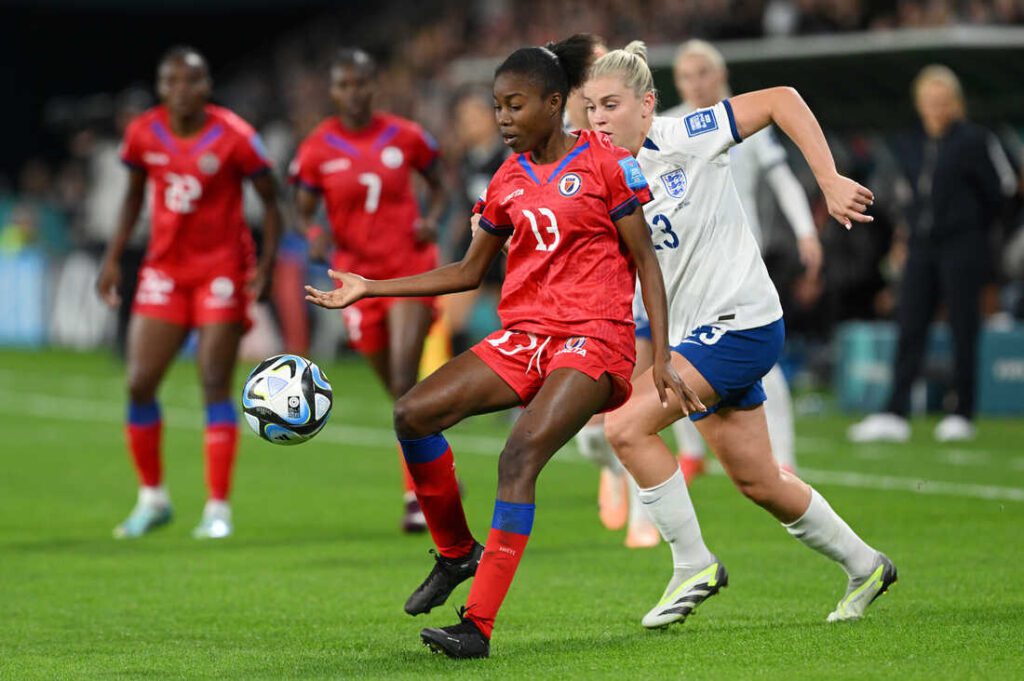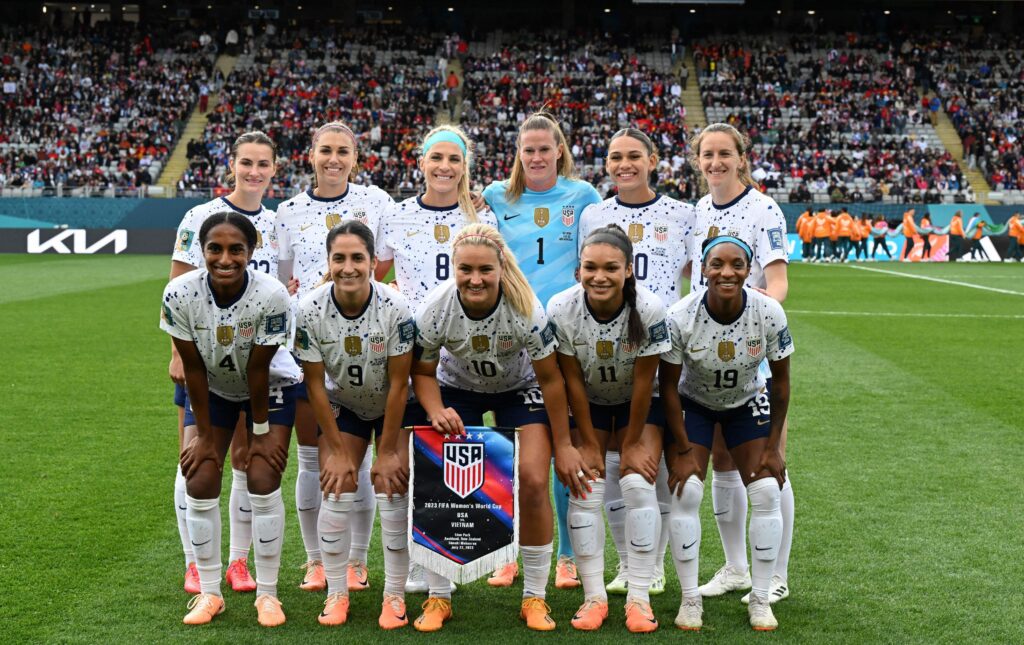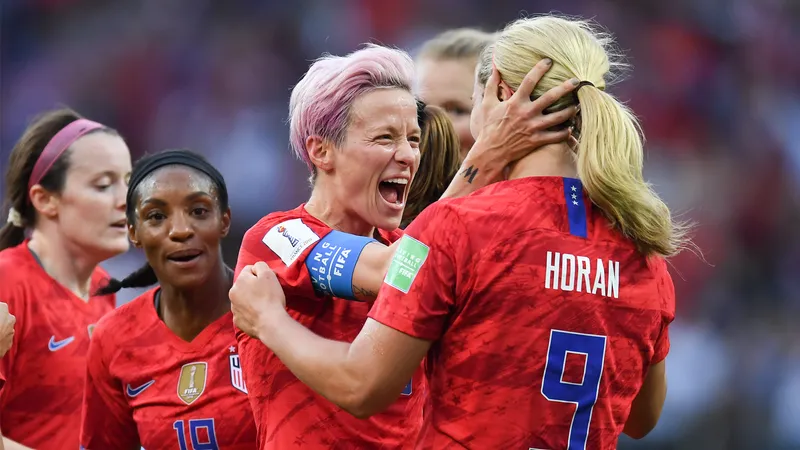It’s official: the world’s biggest women’s tournament is getting even bigger — and we’re here for it.
On May 9, FIFA announced a groundbreaking move that will expand the Women’s World Cup from 32 to 48 teams starting in 2031. The decision, approved by the FIFA Council, marks a massive step forward for global equity in sport — and an opportunity for more countries, players, and fans to join the movement that’s redefining the future of football.
With this shift, the Women’s World Cup will now mirror the men’s format, solidifying its place not just as a counterpart — but as its own global force.

Why It Matters
This isn’t just about numbers. It’s about access.
By expanding the tournament to 48 teams across 12 groups, FIFA is creating more space for nations that have historically been left out. This change means:
- More visibility for emerging teams in Africa, the Caribbean, and Asia
- More stories, more talent, and more momentum for women’s sports
- A reminder that women’s football is no longer an afterthought — it’s a movement
The 2023 Women’s World Cup (hosted by Australia and New Zealand) was already the most watched women’s sporting event in history. This expansion is a direct response to that momentum — and a signal that the world is finally catching up to what fans have known all along: women’s sports drive culture.

Who’s Hosting? (Spoiler: It’s Us 🇺🇸)
The United States is expected to host the 2031 edition of the tournament — bringing this expanded vision of the Women’s World Cup home. From record-breaking crowds in the NWSL to sold-out matches in NCAA stadiums, the U.S. is more than ready to put this growth on full display.
Expect energy. Expect legacy. Expect every little girl who kicks a ball in her backyard to see a path forward — maybe even all the way to the world stage.
What’s Next
The new format will increase the number of matches from 64 to 104, and the tournament will be extended by one week. FIFA’s investment in infrastructure, training, and global promotion is also expected to rise as part of the expansion.

What This Means for the Future of Women’s Soccer
This expansion isn’t just symbolic — it’s strategic.
By matching the size of the men’s World Cup, FIFA is acknowledging something that’s been true for years: the women’s game has global demand, untapped talent, and unmatched potential. The 2023 tournament drew record-breaking viewership, viral moments, and packed stadiums — not just in major markets, but around the world.
For too long, structural inequality kept the women’s game from scaling. Fewer teams meant fewer opportunities, fewer investment pipelines, and less representation for developing countries. Expanding to 48 teams is a correction — and a chance to expand the definition of who gets to show up on the world stage.
This move also:
- Aligns women’s football structurally with the men’s tournament
- Increases marketability and commercial value for players and federations
- Creates more pressure for federations to fund women’s programs equally
It’s not just a nod to equality — it’s a signal to sponsors, media, and fans that women’s soccer is a global force worthy of equal structure and spotlight.
And the players? They’ve been ready.
From grassroots girls’ teams in Jamaica to powerhouse programs in Spain, the world is full of women ready to play at the highest level. This expansion finally gives them the stage.



